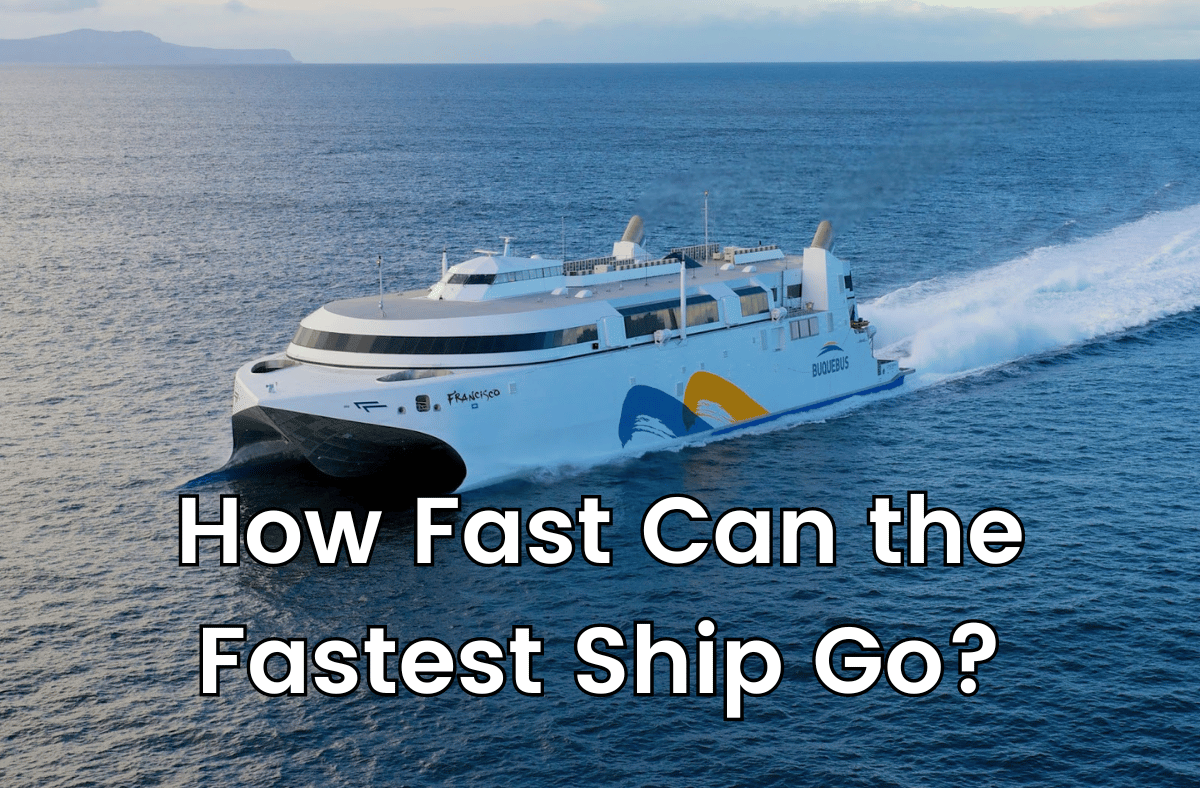For those in a hurry
- The fastest lift in the world is in Shanghai Tower, China.
- It can travel at 75 km/h, faster than some cars in cities.
- It can reach the 119th floor in 55 seconds.
- It has three Guinness World Records for speed, height and double-deck.
- Lifts are amazing machines that can save time and energy.
The need for speed
Imagine you are late for a meeting on the top floor of a skyscraper. You rush to the lobby and see a long queue of people waiting for the lift. You curse your luck and wonder if you should take the stairs instead. But what if you could hop on a lift that can zoom you up to your destination in less than a minute? Sounds too good to be true, right?
Well, not if you are in Shanghai Tower, the second tallest building in the world. This Chinese marvel has the world’s fastest lift, which can travel at a whopping 75 km/h (46 mph). That’s faster than the speed limit in some cities! You could literally race a car on the street and win.
The record-breaking ride
The Shanghai Tower lift was built by Mitsubishi Electric, a Japanese company that specializes in high-speed elevators. It has three Guinness World Records to its name: the fastest elevator, the tallest elevator in a building and the fastest double-deck elevator.
The lift can reach the 119th floor of the 632-meter (2,074-foot) tower in just 55 seconds. That’s an average of 11 meters (36 feet) per second. To put that in perspective, that’s like climbing four floors every second.
The lift also has a double-deck design, which means it has two cabins stacked on top of each other. This allows it to carry more passengers and reduce waiting time. The cabins are connected by a steel frame that ensures stability and safety.
The secret behind the speed
How does the Shanghai Tower lift achieve such incredible speed? The answer lies in its advanced technology and engineering.
First of all, the lift uses a high-performance motor that can generate more power and torque than conventional motors. It also has a traction machine that can handle high-speed operation and heavy loads.
Secondly, the lift has a sophisticated control system that can adjust the speed and acceleration according to the traffic and load conditions. It also has a braking system that can stop the lift smoothly and safely.
Thirdly, the lift has a special aerodynamic design that reduces air resistance and noise. It also has air pressure adjustment devices that prevent ear discomfort and nausea caused by rapid changes in altitude.
Finally, the lift has a comfortable interior that features LED lighting, music and panoramic views of the city. It also has an emergency communication system that can contact the staff or rescue team in case of any trouble.
The benefits of fast lifts
Fast lifts are not just cool gadgets that impress visitors. They also have practical benefits that make them worth investing in.
One benefit is that they can save time and energy for both passengers and building owners. By reducing travel time, they can improve efficiency and productivity. By reducing waiting time, they can enhance customer satisfaction and loyalty.
Another benefit is that they can enable taller and smarter buildings. By increasing vertical transportation capacity, they can support higher occupancy and density. By integrating with building management systems, they can optimize energy consumption and security.
The future of fast lifts
The Shanghai Tower lift is not alone in its quest for speed. There are other fast lifts around the world that are competing for glory.
For example, there is the CTF Finance Center lift in Guangzhou, China, which can reach 72 km/h (45 mph). There is also the Taipei 101 lift in Taiwan, which can hit 60 km/h (37 mph).
But these lifts may soon be surpassed by newer and faster ones. According to some experts, lifts could reach speeds of up to 100 km/h (62 mph) in the future. That would be like flying in a jet plane.
Of course, there are also challenges and limitations to overcome. For instance, there are safety and comfort issues that need to be addressed. There are also cost and maintenance factors that need to be considered.
But whatever the case, one thing is clear: lifts are amazing machines that can defy gravity and challenge speed. They are not just boring boxes that move up and down. They are thrilling rides that can make you feel like a superhero.






















